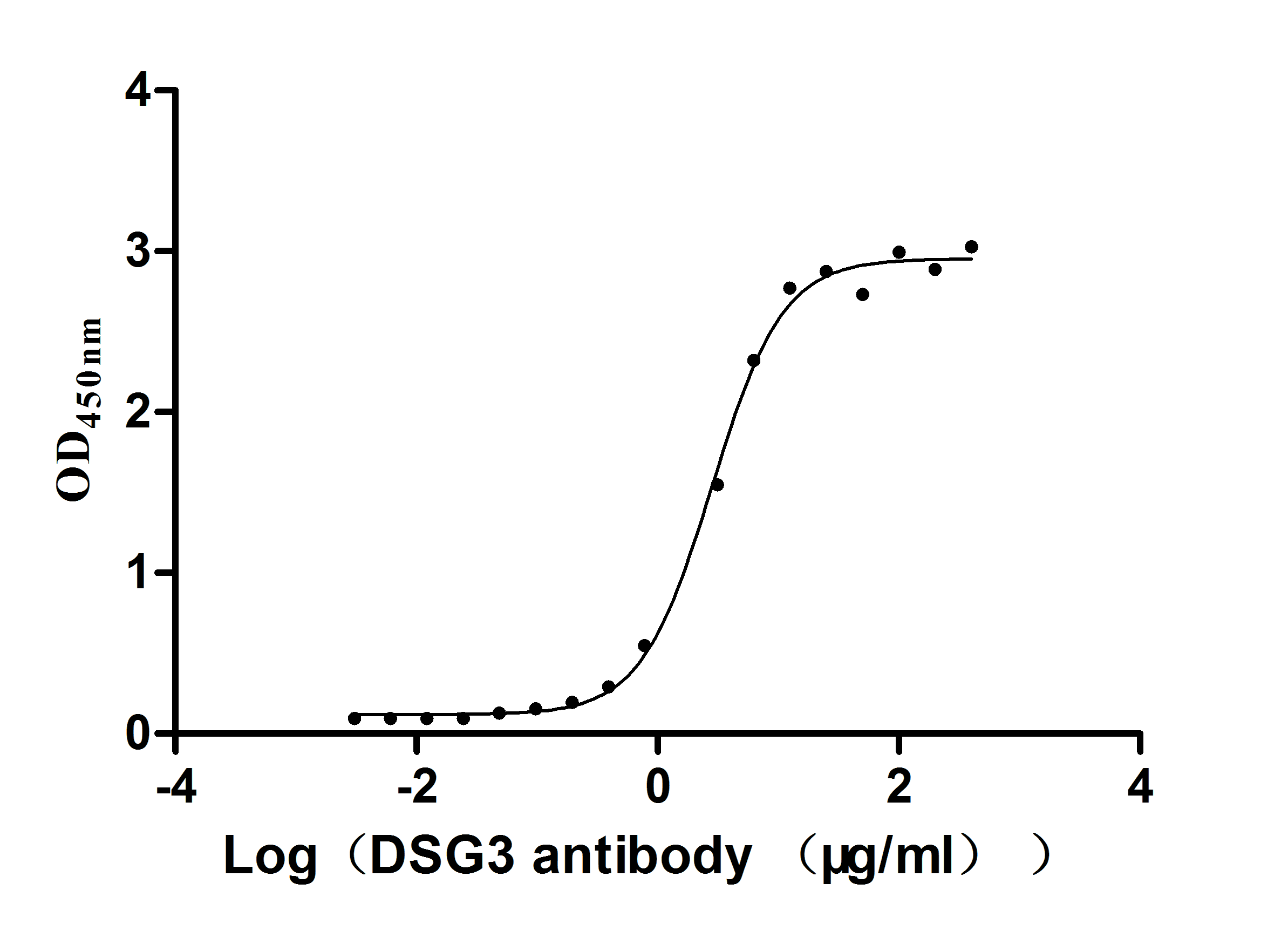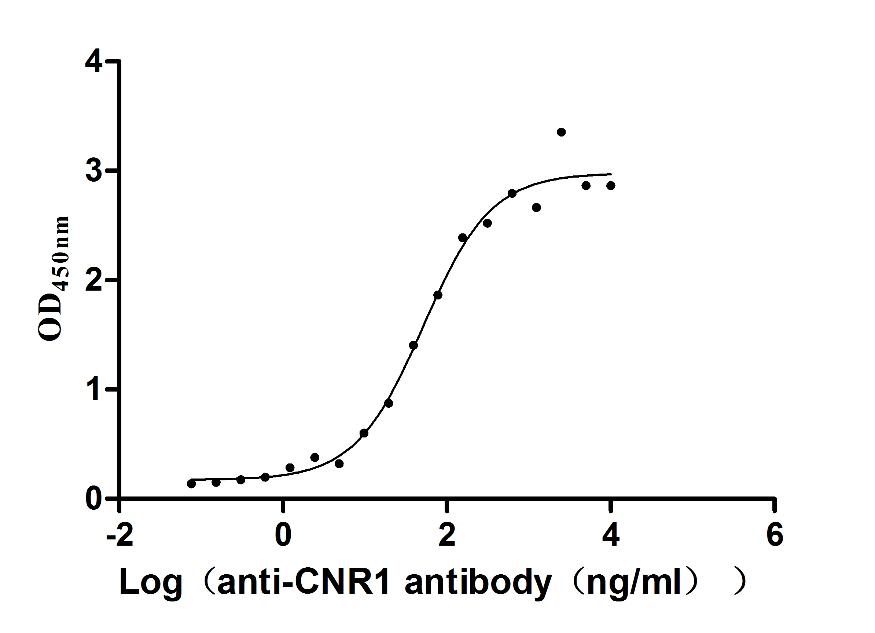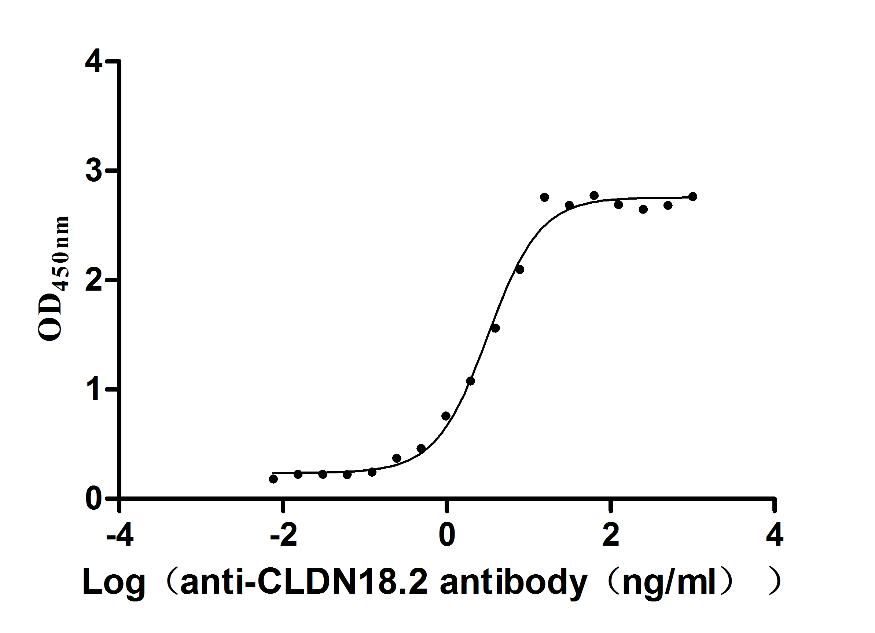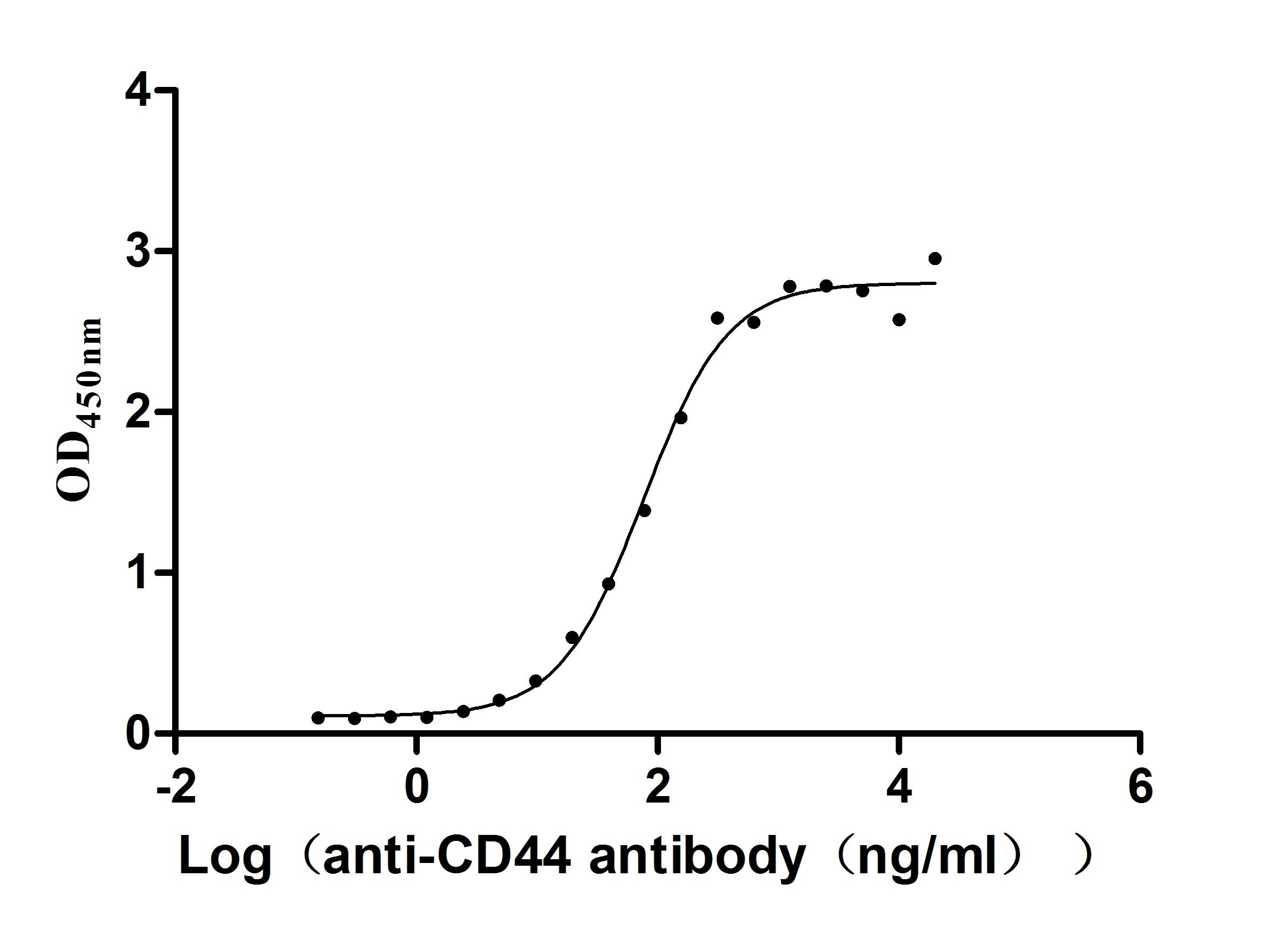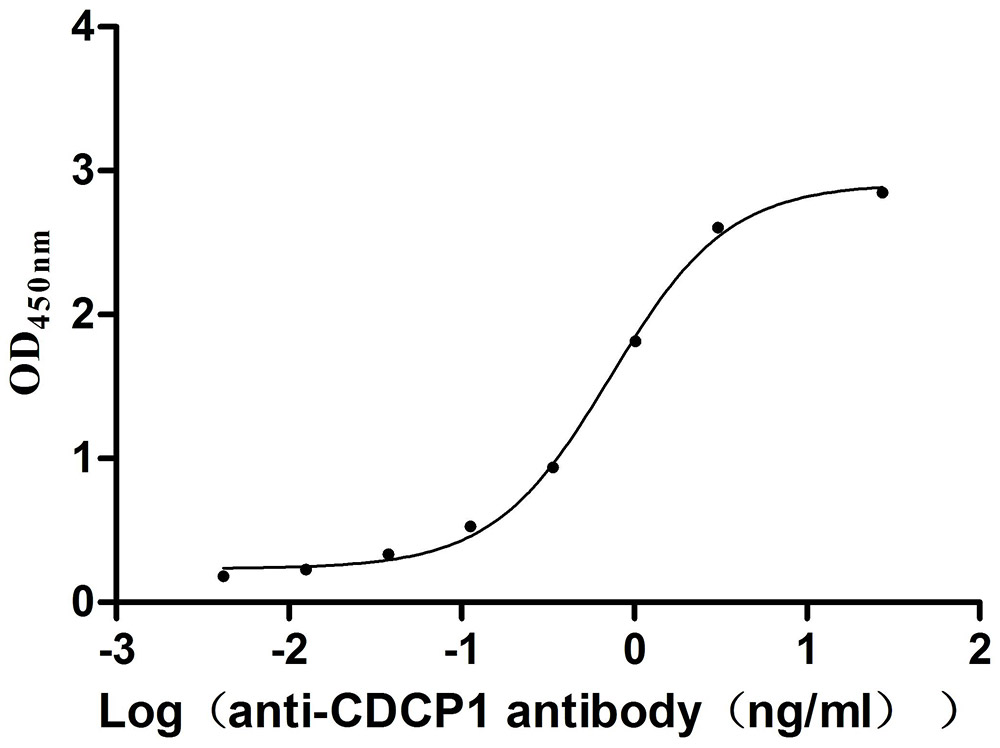Recombinant Escherichia coli Leucine--tRNA ligase (leuS), partial
-
中文名稱:大腸桿菌leuS重組蛋白
-
貨號:CSB-YP357219ENV
-
規(guī)格:
-
來源:Yeast
-
其他:
-
中文名稱:大腸桿菌leuS重組蛋白
-
貨號:CSB-EP357219ENV
-
規(guī)格:
-
來源:E.coli
-
其他:
-
中文名稱:大腸桿菌leuS重組蛋白
-
貨號:CSB-EP357219ENV-B
-
規(guī)格:
-
來源:E.coli
-
共軛:Avi-tag Biotinylated
E. coli biotin ligase (BirA) is highly specific in covalently attaching biotin to the 15 amino acid AviTag peptide. This recombinant protein was biotinylated in vivo by AviTag-BirA technology, which method is BriA catalyzes amide linkage between the biotin and the specific lysine of the AviTag.
-
其他:
-
中文名稱:大腸桿菌leuS重組蛋白
-
貨號:CSB-BP357219ENV
-
規(guī)格:
-
來源:Baculovirus
-
其他:
-
中文名稱:大腸桿菌leuS重組蛋白
-
貨號:CSB-MP357219ENV
-
規(guī)格:
-
來源:Mammalian cell
-
其他:
產品詳情
-
純度:>85% (SDS-PAGE)
-
基因名:leuS
-
Uniprot No.:
-
別名:leuS; b0642; JW0637; Leucine--tRNA ligase; EC 6.1.1.4; Leucyl-tRNA synthetase; LeuRS
-
種屬:Escherichia coli (strain K12)
-
蛋白長度:Partial
-
蛋白標簽:Tag?type?will?be?determined?during?the?manufacturing?process.
The tag type will be determined during production process. If you have specified tag type, please tell us and we will develop the specified tag preferentially. -
產品提供形式:Lyophilized powder
Note: We will preferentially ship the format that we have in stock, however, if you have any special requirement for the format, please remark your requirement when placing the order, we will prepare according to your demand. -
復溶:We recommend that this vial be briefly centrifuged prior to opening to bring the contents to the bottom. Please reconstitute protein in deionized sterile water to a concentration of 0.1-1.0 mg/mL.We recommend to add 5-50% of glycerol (final concentration) and aliquot for long-term storage at -20℃/-80℃. Our default final concentration of glycerol is 50%. Customers could use it as reference.
-
儲存條件:Store at -20°C/-80°C upon receipt, aliquoting is necessary for mutiple use. Avoid repeated freeze-thaw cycles.
-
保質期:The shelf life is related to many factors, storage state, buffer ingredients, storage temperature and the stability of the protein itself.
Generally, the shelf life of liquid form is 6 months at -20°C/-80°C. The shelf life of lyophilized form is 12 months at -20°C/-80°C. -
貨期:Delivery time may differ from different purchasing way or location, please kindly consult your local distributors for specific delivery time.Note: All of our proteins are default shipped with normal blue ice packs, if you request to ship with dry ice, please communicate with us in advance and extra fees will be charged.
-
注意事項:Repeated freezing and thawing is not recommended. Store working aliquots at 4°C for up to one week.
-
Datasheet :Please contact us to get it.
靶點詳情
-
基因功能參考文獻:
- Zinc is the molecular "switch" that controls the catalytic cycle of bacterial leucyl-tRNA synthetase PMID: 25450019
- The prime biological function of LeuRS editing is to prevent mis-incorporation of the non-standard amino acid norvaline. PMID: 24935946
- This work provides an assessment of how intra-molecular translocation of the tRNA CCA-tail balances the aminoacylation and editing activities of LeuRS. PMID: 23585282
- threonine residues (Thr(252)), (Thr(247), and Thr(248)) play a central role in amino acid editing PMID: 16300391
- Conserved arginine & threonine at respective sites in LeuRS & IleRS diverged to confer amino acid substrate recognition. This site complements other sites in amino acid binding pocket of editing active site of E coli LeuRS, including Thr252 & Val338. PMID: 17311409
- beta-strands, which link the CP1 domain to the aminoacylation core of LeuRS, are required for editing of mischarged tRNALeu PMID: 17474713
- Multiple nonstandard as well as standard amino acids were toxic to the cell when LeuRS editing was inactivated PMID: 17890314
- identified specific residues within the beta-strand tethers that selectively impact enzyme activity, supporting the idea that beta-strand orientation is crucial for Leucyl-tRNA synthetase canonical core and CP1 domain functions PMID: 18363380
- A point mutation in CP1 of class I leucyl-tRNA synthetase inactivates deacylase activity and produces misacylated tRNA, although deletion of the entire CP1 domain also disabled the deacylase activity PMID: 19020078
顯示更多
收起更多
-
亞細胞定位:Cytoplasm.
-
蛋白家族:Class-I aminoacyl-tRNA synthetase family
-
數(shù)據(jù)庫鏈接:
KEGG: ecj:JW0637
STRING: 316385.ECDH10B_0711
Most popular with customers
-
Recombinant Human Neuropilin-1 (NRP1) (Active)
Express system: Mammalian cell
Species: Homo sapiens (Human)
-
Recombinant Mouse Desmoglein-3 (Dsg3), partial (Active)
Express system: Mammalian cell
Species: Mus musculus (Mouse)
-
Recombinant Human Cannabinoid receptor 1 (CNR1)-VLPs (Active)
Express system: Mammalian cell
Species: Homo sapiens (Human)
-
Recombinant Macaca fascicularis Claudin 18.2 (CLDN18.2)-VLPs (Active)
Express system: Mammalian cell
Species: Macaca fascicularis (Crab-eating macaque) (Cynomolgus monkey)
-
Recombinant Macaca fascicularis CD44 antigen (CD44), partial (Active)
Express system: Mammalian cell
Species: Macaca fascicularis (Crab-eating macaque) (Cynomolgus monkey)
-
Recombinant Mouse CUB domain-containing protein 1 (Cdcp1), partial (Active)
Express system: Mammalian cell
Species: Mus musculus (Mouse)
-
Recombinant Macaca fascicularis Gastric inhibitory polypeptide receptor (GIPR), partial (Active)
Express system: yeast
Species: Macaca fascicularis (Crab-eating macaque) (Cynomolgus monkey)
-
Recombinant Human Mucin-13(MUC13),partial (Active)
Express system: yeast
Species: Homo sapiens (Human)



